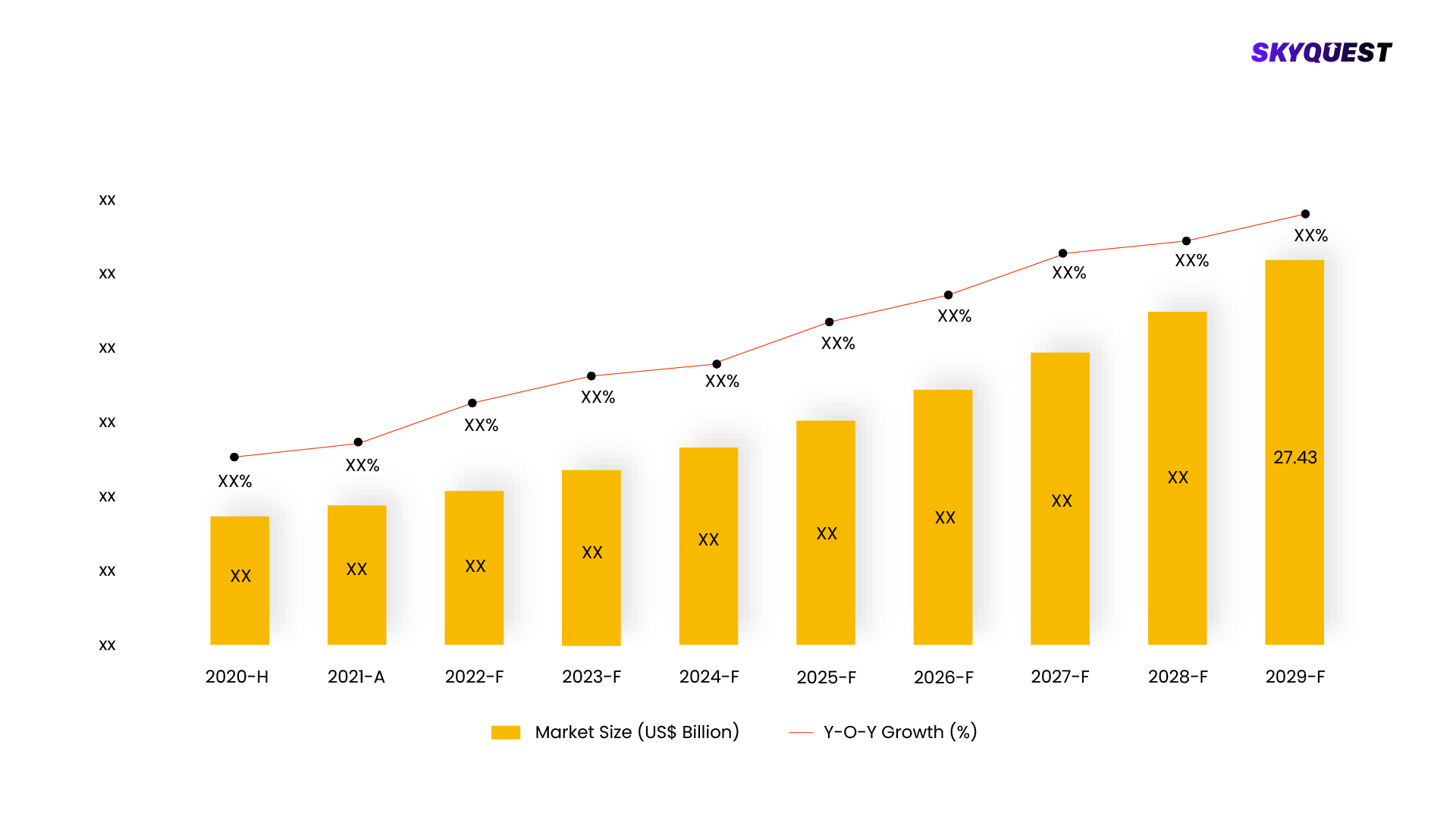
Product ID: UCMIG45I2049

Report ID:
UCMIG45I2049 |
Region:
Global |
Published Date: Upcoming |
Pages:
165
| Tables: 55 | Figures: 60
Automobile manufacturers are incorporating robotics into their manufacturing processes because they provide numerous benefits such as increased accuracy, efficiency, flexibility, and reliability on the assembly line. Because of this widespread adoption of automotive robotics, the automotive industry has become the most automated industry in the world, as well as one of the world's largest users of industrial robots. Furthermore, automotive manufacturing robots give automotive companies a competitive advantage by improving quality, increasing capacity, lowering warranty costs, and protecting workers from difficult and dangerous jobs. Furthermore, automotive robotics is primarily used in car assembly plants for applications such as spot welding, painting, and others; however, there are numerous other opportunities to use automotive robotics throughout the supply chain.

This report is being written to illustrate the market opportunity by region and by segments, indicating opportunity areas for the vendors to tap upon. To estimate the opportunity, it was very important to understand the current market scenario and the way it will grow in future.
Production and consumption patterns are being carefully compared to forecast the market. Other factors considered to forecast the market are the growth of the adjacent market, revenue growth of the key market vendors, scenario-based analysis, and market segment growth.
The market size was determined by estimating the market through a top-down and bottom-up approach, which was further validated with industry interviews. Considering the nature of the market we derived the Technology Hardware, Storage & Peripherals by segment aggregation, the contribution of the Technology Hardware, Storage & Peripherals in Technology Hardware & Equipment and vendor share.
To determine the growth of the market factors such as drivers, trends, restraints, and opportunities were identified, and the impact of these factors was analyzed to determine the market growth. To understand the market growth in detail, we have analyzed the year-on-year growth of the market. Also, historic growth rates were compared to determine growth patterns.
Our industry expert will work with you to provide you with customized data in a short amount of time.
REQUEST FREE CUSTOMIZATIONThe global market for Automotive Robotics was estimated to be valued at US$ XX Mn in 2021.
The global Automotive Robotics Market is estimated to grow at a CAGR of XX% by 2028.
The global Automotive Robotics Market is segmented on the basis of Component, Type, Application, Region.
Based on region, the global Automotive Robotics Market is segmented into North America, Europe, Asia Pacific, Middle East & Africa and Latin America.
The key players operating in the global Automotive Robotics Market are ABB, KUKA AG, FANUC CORPORATION, YASKAWA ELECTRIC CORPORATION, Kawasaki Heavy Industries, Ltd., DENSO WAVE INCORPORATED, Comau, NACHI-FUJIKOSHI CORP., Rockwell Automation, Inc., Seiko Epson Corporation.
Want to customize this report? This report can be personalized according to your needs. Our analysts and industry experts will work directly with you to understand your requirements and provide you with customized data in a short amount of time. We offer $1000 worth of FREE customization at the time of purchase.

Product ID: UCMIG45I2049